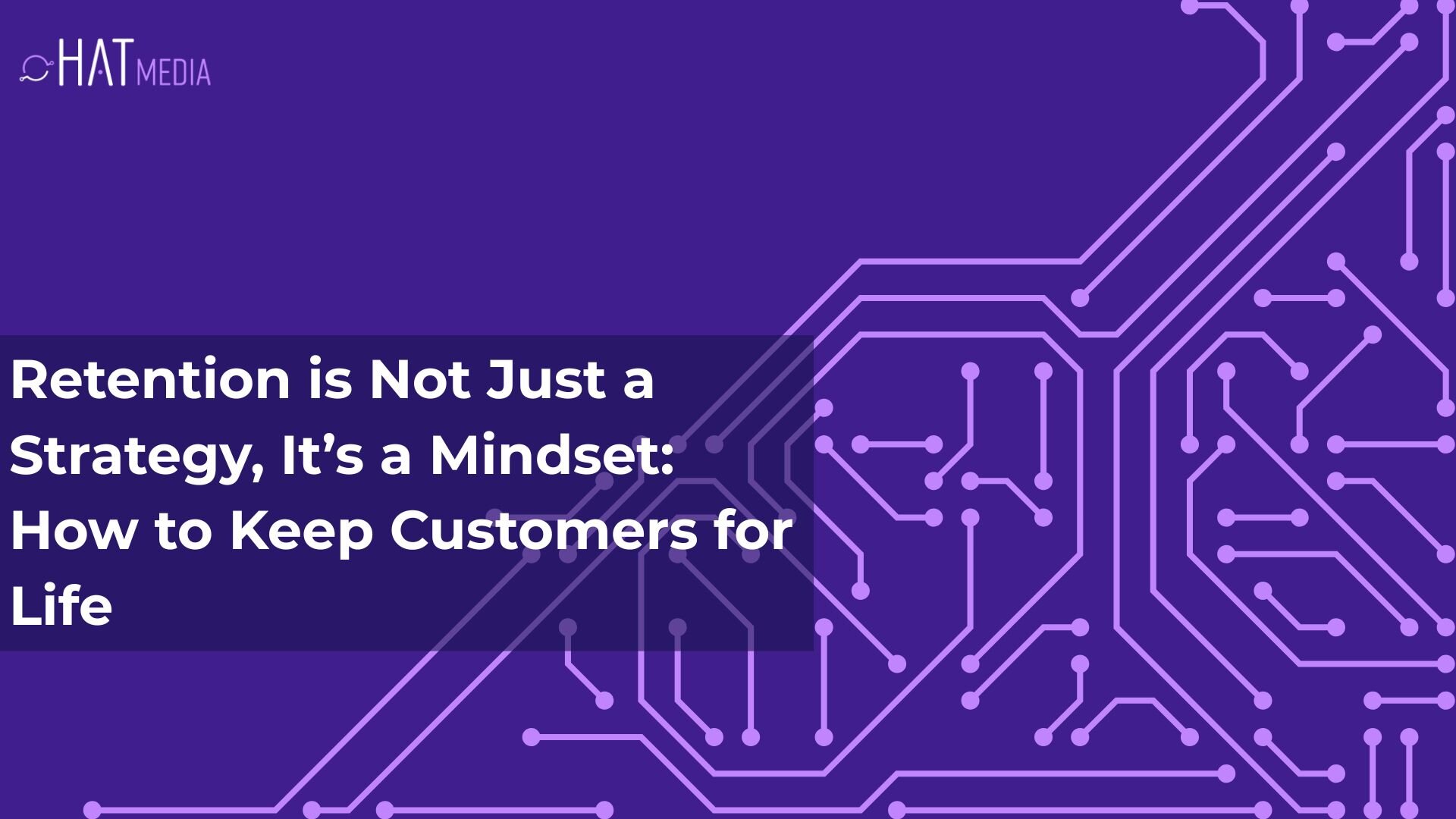Charting the Future of Web Development: The Unbeatable Trio of Headless CMS, Composable Architecture, and Technology Agnosticism

Charting the Future of Web Development: The Unbeatable Trio of Headless CMS, Composable Architecture, and Technology Agnosticism. Real-world applications for B2B.
Introduction
In the constantly evolving landscape of web development, businesses and developers alike are perpetually grappling with the challenge of keeping pace with new technologies whilst ensuring scalability, performance, and user engagement.
The emergence of headless Content Management Systems (CMS), when paired with composable architectures and a technology-agnostic approach, presents a revolutionary way to confront these challenges head-on.
This article delves into the synergies between these concepts and how they collectively offer a more flexible, efficient, and future-proof strategy for crafting digital experiences.
Understanding the Shift
Traditional CMS platforms once underpinned digital content strategies with their tightly coupled front-end and back-end systems.
Yet, the dynamic nature of the digital arena demands more - more speed, more flexibility, and more personalisation.
Enter headless CMS and composable architecture, a duo that decouples content management from content delivery, enabling unprecedented agility and innovation in how content is served across various channels.
The Power of Headless CMS
At its core, a headless CMS provides freedom. Freedom to employ any front-end technology to present content, freedom to seamlessly deliver content across multiple platforms, and freedom to integrate with best-in-class services for enhanced functionality.
This approach not only speeds up development times but also optimises performance, particularly when paired with a global Content Delivery Network (CDN), ensuring content is delivered rapidly and securely to users worldwide.
Composable Architecture: A Game-Changer
Composable architecture elevates the principle of modularity, permitting businesses to construct their digital ecosystem using the best services available, each excelling in its domain.
This model fosters efficiency, as each component - whether it be for e-commerce, personalisation, or content management - can be developed, scaled, and maintained independently.
The outcome is a highly adaptable system that can swiftly evolve in response to new business needs or technological advances.
Embracing Technology Agnosticism
Being technology-agnostic isn't merely a buzzword but a strategic approach that ensures businesses aren't confined to a single technology or vendor.
It enables the selection of the right tools for each job, ensuring that their digital infrastructure can easily adapt to future trends and technologies.
Within the realm of headless CMS and composable architectures, this philosophy facilitates seamless integration and interoperability between services, further enhancing the flexibility and scalability of digital platforms.
Our most recent headless CMS platforms used include Builder.io, Contentful, WordPress (yes, in a headless CMS setup!) and Storyblok.
Being technology agnostic enables us to choose the right tool for the right scenario.
Real-World Applications for B2B
In the B2B sector, the capacity to rapidly adapt and personalise digital experiences is not merely a competitive advantage but a necessity.
The amalgamation of headless CMS, composable architecture, and a technology-agnostic framework offers unparalleled opportunities for businesses to devise tailored, engaging online experiences.
Here are several concrete examples:
Account-Based Marketing (ABM) and Personalisation
Scenario: A B2B company targeting specific industries or large accounts seeks to ensure that its marketing efforts resonate on a personal level with each potential client.
Application: By leveraging a headless CMS, the company can dynamically generate landing pages presenting content, case studies, and offers specifically tailored to the industry, business size, or even unique challenges faced by each account.
For instance, a visitor from the financial sector encounters content highlighting compliance solutions, whilst a healthcare visitor finds information on patient data security.
Benefits: This targeted approach not only boosts engagement rates but also significantly enhances the likelihood of conversion by addressing the specific needs and pain points of each potential client with a personalised approach.
Customised Landing Pages for Campaigns
Scenario: Launching multiple marketing campaigns tailored to different segments of the B2B market, each requiring unique messaging, visuals, and calls-to-action.
Application: With a headless CMS and composable architecture, marketing teams can swiftly deploy customised landing pages for each campaign. These pages can integrate real-time data, such as industry trends or user interaction data, to further personalise the message.
Benefits: The ability to deploy these highly customised campaigns at scale allows businesses to test, iterate, and optimise their marketing strategies more effectively, leading to greater engagement and conversion rates.
Interactive and Dynamic Content Experiences
Scenario: Engaging a B2B audience that values efficiency and relevant information in a saturated digital environment.
Application: Using the headless CMS to serve interactive content like calculators, assessment tools, or personalised product demos based on the visitor's browsing history or self-selected preferences. For example, a software solutions provider might offer a tool that estimates cost savings when using their product, personalised to the visitor's business size and industry.
Benefits: These interactive experiences not only captivate the audience but also provide valuable insights into their needs and preferences, enabling further personalisation and nurturing of potential leads.
Global Content Strategy for Localisation
Scenario: A global B2B company needs to ensure its digital content resonates with diverse markets, each with its own language, cultural nuances, and business practices.
Application: Utilising a headless CMS to manage and serve localised content versions through the same infrastructure, ensuring that each regional market receives content that is not only translated but also culturally and contextually relevant.
Benefits: This approach enhances the global reach and effectiveness of digital content, improving user engagement across different regions and contributing to a cohesive yet adaptable global content strategy.
Conclusion
For B2B companies, the digital space is fraught with challenges, including the need for personalisation, speed, and scalability.
By leveraging the synergies of a headless CMS with composable architecture and a technology-agnostic approach, businesses can overcome these challenges, delivering personalised, efficient, and engaging digital experiences that drive results.
These real-world applications not only showcase the potential of these technologies but also highlight how B2B companies can utilise them to stay ahead in an increasingly competitive and digital-first market.
Any questions, reach out to us. Happy to explain how we go about working with your existing legacy web platforms, if they can't be changed, to enable personalised, customised, scalable and fast cutting-edge web solutions for your B2B Marketing campaigns.


